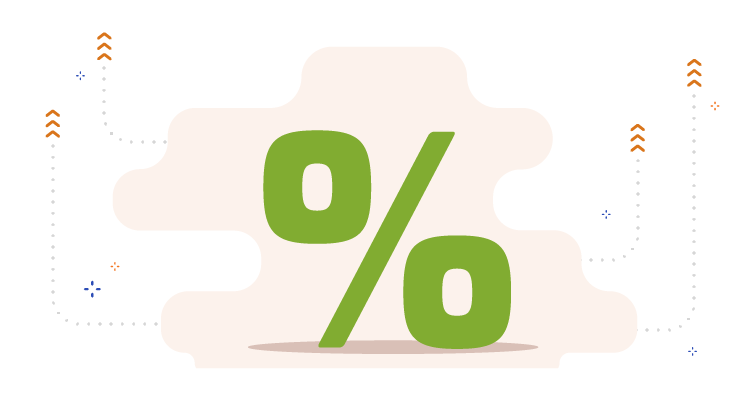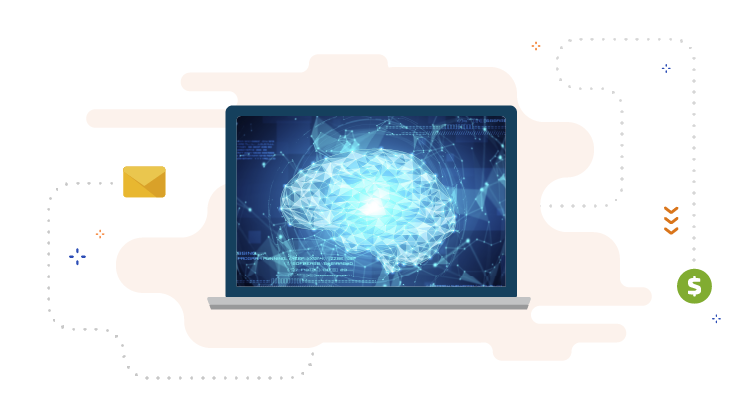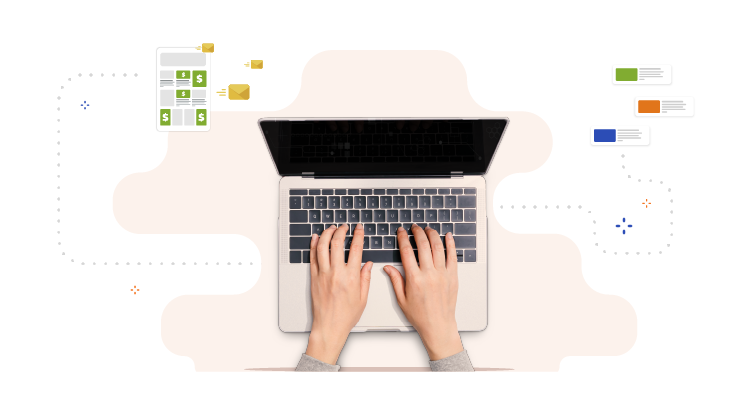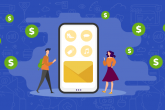By conducting an in-depth audience analysis, you can optimize the effectiveness of programmatic native advertising via email list monetization.
This approach increases brand awareness and visibility while driving engagement with the right audience, at the right time.
Learn how to achieve successful email list monetization while driving engagement by adopting a customer-centric email strategy.
Table of Contents:
- How to conduct successful audience analysis
- Creating better email engagement through programmatic content
- Putting the audience at the center of your email list monetization strategy
- Build better email monetization campaigns
It’s well known that the key to any successful marketing strategy is to understand your audience.
In today’s digitally-driven business era, gaining that insight must be the first step in any organization’s marketing strategy.
This is especially true for email monetization. For any brand looking to achieve email list monetization, audience analysis will be a central component in the preparatory stages of a campaign.
After all, you don’t want to send emails that sit unopened in indifferent inboxes because the recipient just isn’t interested.
Let’s take a look at the best way to approach audience analysis so that you can ensure your email newsletters don’t fall on deaf ears.
How to Conduct Successful Audience Analysis for Email Monetization
First of all, let’s define what exactly audience analysis is. As described by Social Bakers, audience analysis is the research of demographics, language, location, preferences, interests, and other metrics within a group. It is used to help brands refine and target their messaging to maximize results.

The first important step in audience analysis is, of course, identifying the audience you want to target. Is your product aimed at a certain demographic or age group? Perhaps you’re a B2B organization, looking to reach a specific market sector, e.g. the construction industry.
Once you’ve identified the right audience, you will then need to conduct research to determine buyer intent within that target market.
You can increase your brand’s awareness by using intent data to create buyer personas, which will enable you to know more about what, how, when and why your customers want to buy.
Once you have identified your audience and tailored your messaging to their preferences, the final step – which could be defined as steps, as it’s an ongoing process – is about maintaining your brand’s relationship with your audience.
As Seth Godin says in “This is Marketing” you can focus on creating stories, connections and experiences.
How to Create Better Email Engagement through Programmatic Content
The way to drive better audience engagement with your offering is through quality content. And when it comes to email monetization, the message is no different.
We have found that content plays an essential role in email monetization – from copy to subject line, images, fonts, CTA, design, and including the copy and design of the ads you include in your newsletters.
Despite all of the new channels available to marketers, email remains the most lucrative.
Brands that get their email engagement strategy just right stand to benefit from a potential ROI of 4,200%.
At the same time, 90% of content marketers say email engagement is the top metric they track to measure content performance.

Programmatic advertising is a tool that can be used to enhance email monetization.
It uses AI’s capabilities to deliver subscribers ads about related articles, products, or services that have a real potential to interest them – plus another noteworthy benefit for publishers: an extra stream of revenue from selling advertising space in their newsletters.
As a publisher, you make the decision of monetizing your newsletters only after you know your subscribers’ online behaviour, their preferences and interests.
Or simply put, by knowing who your audience really is. Only by doing that, your email monetization strategy can bring considerable value to your overall revenue strategy.
How to Put the Audience at the Center of Your Email List Monetization Strategy
Let’s explain some terms.
A native ad is defined as a piece of writing or other material in an online publication that resembles the publication’s editorial content but is paid for by an advertiser and intended to promote a product or service.
Programmatic native ads, meanwhile, enables brands and businesses to optimize their ROI for native advertising by using programmatic auction of native ads via RTB (Real-Time Bidding).

Using programmatic native ads in your newsletters allows combining the two most important factors for any business: the audience and the revenue, maximizing engagement with one in order to increase the other.
Firstly, the audience will receive personalized suggestions about articles, products or services they are actually interested in.
Also, native ads look like part of the content and they do not confuse or interfere with the reader’s experience.
Native ads in an email are a form of content marketing. They can take the form of a written piece that accompanies an image or a video.
Secondly, and for publishers especially, having an extra stream of revenue is like a breath of fresh air. With programmatic native ads, the more subscribers you have in your email list, the more money you can potentially make.
And that potential will be even further enhanced by having in-depth audience insights to hand. This will ensure your ads reach the people most likely to respond to them with a purchase.
With the right data and a smart strategy, you can harmonise these two aspects into successful email monetization. You will also bring your business a significant increase in terms of both subscriber engagement AND revenue.

How to Build Better Email Monetization Campaigns
We know the importance of using great content and audience analysis to power engagement and better revenue.
inboxAds empowers publishers to drive a new stream of revenue by monetizing their email lists with programmatic native ads.
If you want to start generating extra revenue through email monetization, get in touch with us.





